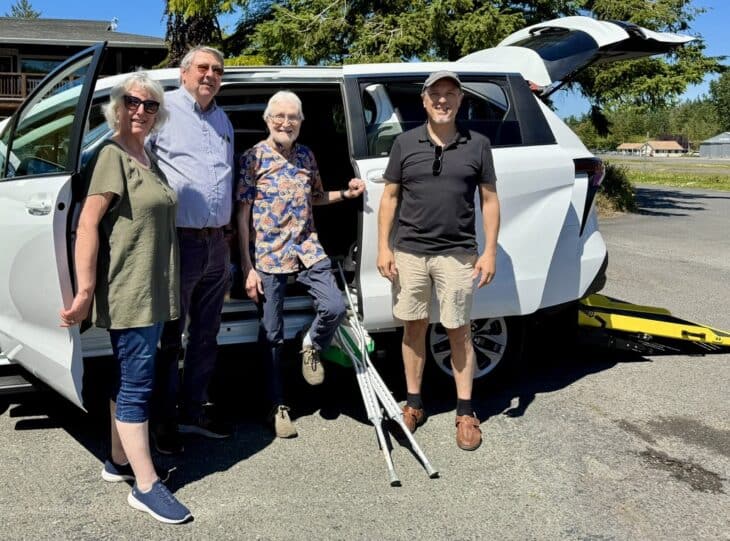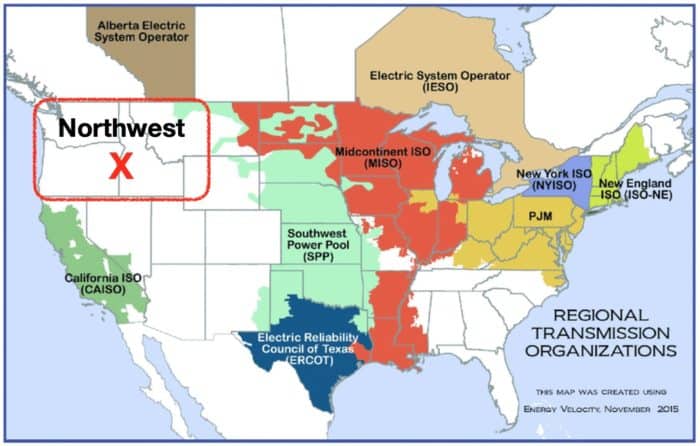OPALCO Approved for RUS-USDA Loan to Fund Four-Year Construction Work Plan
In June 2012, as part of its regular construction work plan process, OPALCO submitted a loan application to the U.S. Dept. of Agriculture’s Rural Utilities Service (RUS) for $38.4 million for system maintenance and improvement projects proposed for the next four years. We just received word that this loan has been approved. As we complete each scheduled project over the next four years, we will be able to apply for reimbursement from RUS—and there is no penalty if we do not use all of the funds allocated.
Included in the approved total is $23.2 million for telecommunication and smart grid readiness. The Board is currently studying the feasibility of expanding OPALCO’s fiber network to provide broadband services to 90% of the County; the ability to secure loan funds was a key contingency. The availability of this federal loan, along with permitting predictability through the County Wireless Ordinance and the financial feasibility of the proposed business plan will inform the Board’s decision on how, or if, to move forward with the Broadband Initiative. Those decisions are yet to be made.
Smart grid technology has several distinct applications. For OPALCO, the only application planned is the continued automation of the distribution system; monitoring or control of member usage of electricity or appliances is not part of OPALCO’s plans. General Manager Randy Cornelius relays, “There is nothing in our twenty-year work plan that would bring smart grid technology into members’ homes.” Automation of the distribution system allows us to open and close switches remotely to save time, labor, and travel on maintenance and outage management, and to create safer work conditions for line crews. It lets us monitor and control system equipment (e.g., substations and submarine cables) and power quality (e.g., remote monitoring of voltage readings). With this technology, engineers and line crews can identify and solve potential problems before faults occur, helping us build and maintain a safer and more reliable electric distribution system.
OPALCO completed the installation of new digital meters in December of 2011, replacing mechanical meters that were up to 30 years old. With the new meters, OPALCO receives meter readings over power line carrier (no radio waves)—which, Cornelius states, “has taken six trucks off the road, is carbon cleaner, and is more efficient in every way.” These new meters, though more accurate and reliable than the old mechanical meters, will only let us continue to collect meter reads, as we have done for 75 years. Learn more at https://www.opalco.com/power-information/meters/.
Whether or not the Board decides to move forward with the Broadband Initiative, RUS funds will be used over the next four years for the scheduled and necessary build out of OPALCO’s fiber infrastructure for equipment and power monitoring and control. Funds will be used to replace a submarine cable between San Juan and Lopez islands that was installed in 1977, and to replace old (direct-buried) underground cable. And, anytime trenches are open, OPALCO will take advantage of the opportunity to lay fiber optics and expand the network for the benefit of the Co-op membership.



